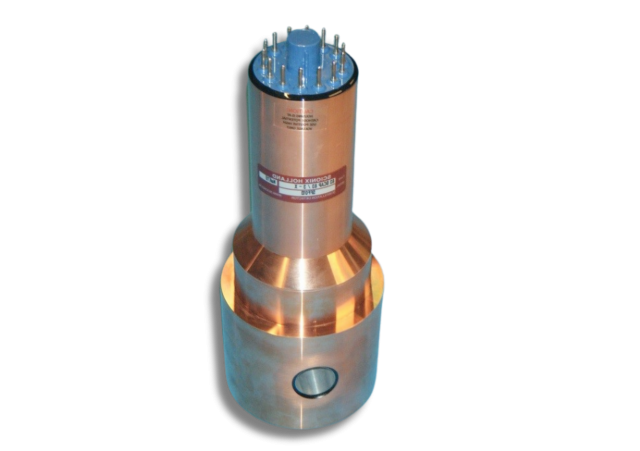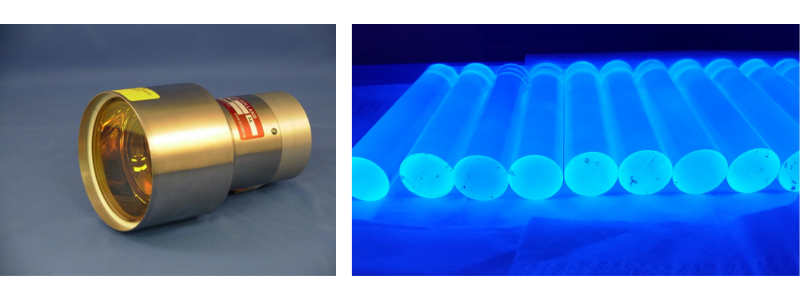January 11, 2024 - Neutron Detection Across Energy Ranges
To determine which scintillation material is best for an application, it is crucial to know the energy range needed for detection. This is apparent for all types of radiation (gamma, beta, alpha, etc.) and notably for detection.
A different type of scintillator and size may be recommended to detect high energy and fast neutrons versus lower energies of neutrons. For instance, if the application demands higher energies over 15 MeV, some inorganic materials may not be the best solution. CLYC:Ce detectors, a new inorganic material, have a lower cross section for neutrons. This means at higher energies of neutrons the material will be less effective. CLYC:Ce is perfectly capable of gamma/neutron separation at lower energies of neutrons.

SCIONIX CLYC-Ce Detector
In addition, CLYC:Ce detectors provide a better solution compared to other materials if a very good energy resolution for gamma radiation is required for the application. Gamma and neutron energies can be differentiated from one another with this material through pulse shape discrimination (PSD) by measuring the thermal neutron peak between 3.1 - 3.2 MeV. With a high light yield at 20.000 photons/MeV, and a high density (3.3g/cm3) CLYC:Ce is suitable for a variety of applications and requirements. Overall, any inorganic material can detect neutrons via elastic and inelastic scattering, but the best solution for high energies is to use a liquid scintillator and digitize the signals.
Liquid scintillators are organic solutions that can be encapsulated in a variety of geometries and read out by a suitable PMT. For quicker detection, a larger photomultiplier tube (76 mm diameter) with a specific type of voltage divider is ideal. A concern for liquid scintillators is the flammability of the material. If the material is flammable, the liquid cell is considered a dangerous good (specifically for EJ-315).
Berkeley Nucleonics offers a variety of liquid scintillator cells such as EJ-309 and EJ-301 that are not listed as dangerous goods, optically coupled to front-end electronics. We often recommend two of these detectors to be used for time of flight measurements, a general method for determining the kinetic energy of a traveling neutron. Liquid scintillators can be used for a variety of applications where strong PSD capabilities are required, including neutron source calibration. Overall, liquid scintillators are the optimal choice for a variety of applications where high energies of neutrons must be detected (such as over 15 MeV).
If you’re interested to learn more about what we offer, check out our variety of scintillator options here.

Above: SCIONIX Photomultiplier Tube (left); Scintillator Cells (right)
